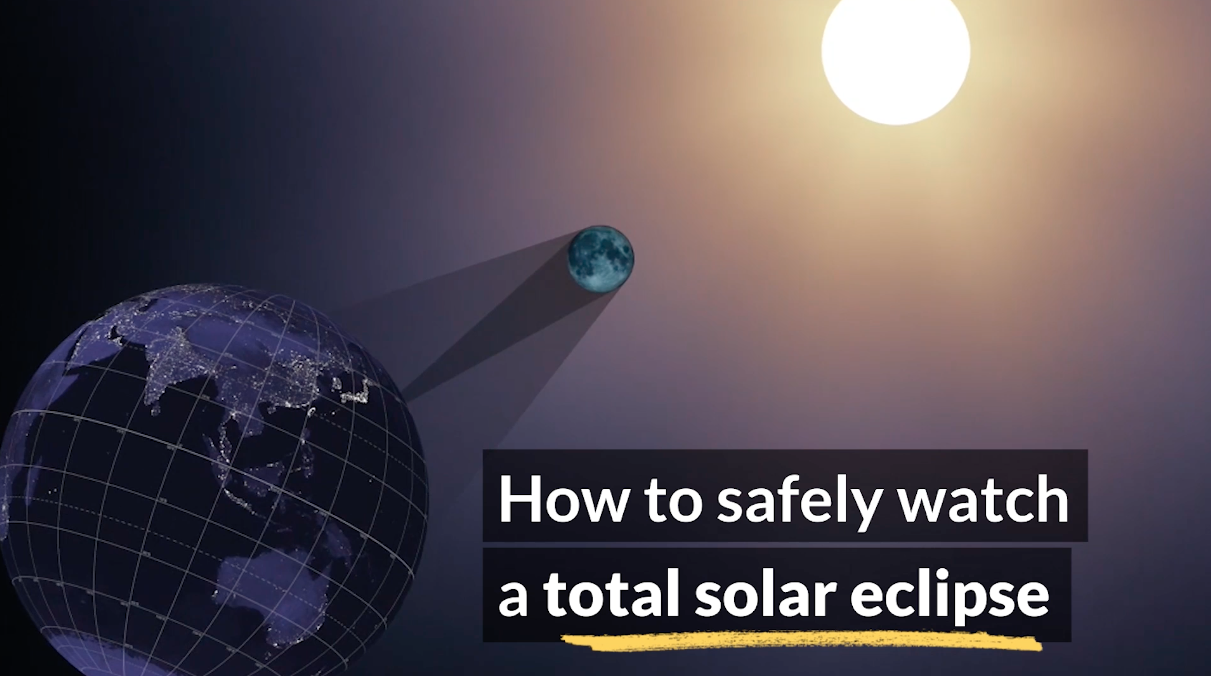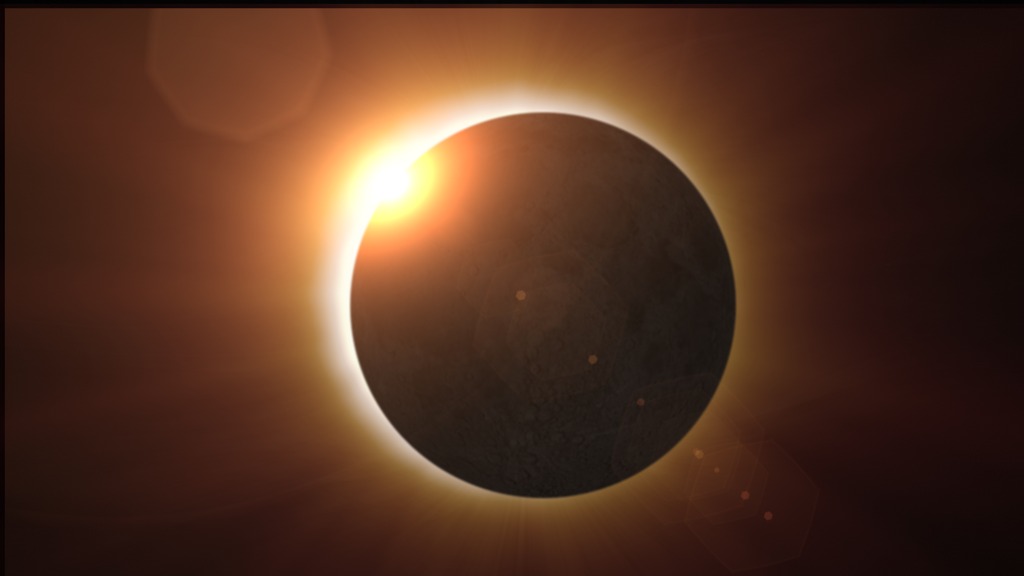NASA Jets Chase The Total Solar Eclipse
For most viewers, the Aug. 21, 2017, total solar eclipse will last less than two and half minutes. But for one team of NASA-funded scientists, the eclipse will last over seven minutes. Their secret? Following the shadow of the Moon in two retrofitted WB-57F jet planes.
Amir Caspi of the Southwest Research Institute in Boulder, Colorado, and his team will use two of NASA’s WB-57F research jets to chase the darkness across America on Aug. 21. Taking observations from twin telescopes mounted on the noses of the planes, Caspi will capture the clearest images of the Sun’s outer atmosphere — the corona — to date and the first-ever thermal images of Mercury, revealing how temperature varies across the planet’s surface.

The two WB-57F research jets, will launch from Ellington Field near NASA’s Johnson Space Center in Houston. A GIF optimized for posting on Twitter.

The two jets will observe the total eclipse for about three and a half minutes each as they fly over Missouri, Illinois, and Tennessee. Credit: Amir Caspi

Scientists will take observations from twin telescopes mounted on the noses of the planes. Credit: Amir Caspi

By flying high in the stratosphere, observations taken with onboard telescopes will avoid looking through the majority of Earth’s atmosphere, greatly improving image quality. At the planes’ cruising altitude of 50,000 feet, the sky is 20-30 times darker than as seen from the ground, and there is much less atmospheric turbulence, allowing fine structures and motions in the Sun’s corona to be visible. Credit: Amir Caspi
For More Information
Credits
Please give credit for this item to:
NASA's Goddard Space Flight Center
-
Scientists
- Amir Caspi (SwRI)
- Daniel Seaton (University of Colorado)
- Con Tsang (SwRI)
- Craig DeForest (SwRI)
- Paul Bryans (High Altitude Observatory at NCAR)
-
Writer
- Mara Johnson-Groh (Wyle Information Systems)
-
Producers
- Joy Ng (USRA)
- Mara Johnson-Groh (Wyle Information Systems)
-
Technical support
- Aaron E. Lepsch (ADNET Systems, Inc.)
Release date
This page was originally published on Tuesday, July 25, 2017.
This page was last updated on Wednesday, May 3, 2023 at 1:47 PM EDT.
![Complete transcript available.Music credits: ‘Electricity Wave’ by Jean-François Berger [SACEM] and ‘Solar Winds’ by Ben Niblett [PRS], Jon Cotton [PRS]Watch this video on the NASA Goddard YouTube channel.](/vis/a010000/a012600/a012693/LARGE_MP4-12693_FirstCMEDuringEclipse_large.00139_print.jpg)




